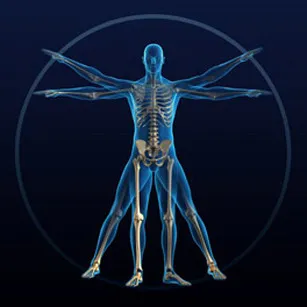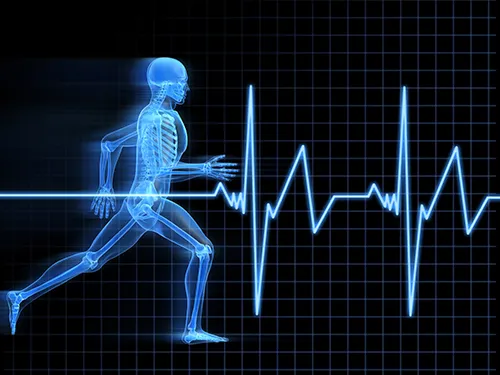Kinesiology

Hi friends, before going to prepare a dessert for the eve of tonight (a good tiramisu speculoos ;o)), I will talk about kinesiology.
Friday, by chance at my hairdresser, I saw a former colleague whom I had not seen for 10 years. We told each other about our lives, our evolution, and then when I told her that I was not working on Fridays, she told me that she too wanted to reduce her work time because she wanted to start as an independent kinesiologist. She then, between two shampoos and colors, explained how kinesiology was and that she was really passionate about this new job. I told him that I had already wanted to try and I took his phone number.
I say to myself to try a parallel medicine so do it with someone we know to be confident. I asked myself, what is kinesiology?
Explanation
Kinesiology is a parallel medicine that promotes a state of balance and physical, mental, emotional and social well-being. His technique is the analysis of muscle reactions following stimuli (bio feef-back).
She uses muscle testing to identify physical, mental, emotional and energetic imbalances to remove the blockages that dominate us. It relies on manual tests of muscle response to know how we work and awaken our potential.
After performing the various muscle tests, the kinesiologist offers balancing tools that combine modern Western techniques based on recent discoveries on the functioning of the body and brain to ancient traditional techniques, including Chinese.
Kinesiology is also used as a personal development technique.
The test of kinesiology is different from the tests used by physiotherapists, it tries to establish a dialogue with the body by asking him directly a certain number of questions. The subject tends a limb, usually the arm, on which the practitioner makes a slight pressure. In normal situation, the arm resists, it is "locked". In case of stress, there is a change in the response of the muscular system which results in an absence of locking, the arm falls under the pressure.
There are several techniques for doing this test:
• Health through touch: it allows you to test and balance the muscles and the body's entire body meridians for overall physical well-being.
• Educational Kinesiology: Its goal is to stimulate, release and relax to allow adults or children to reach their full potential. This technique is often used in addition to educational methods (school monitoring, speech therapy, etc.).
• Three-in-one concepts: It uses muscle testing in the areas of personal development, stress release, emotional well-being and self-confidence. With this technique, one does not only test the muscles or the circuits of energy, but also the emotions and the sensations.

Origins
The first muscle tests performed by neurologists were used to take stock of paralysis and other motor problems.
In 1964, George Goodheart, American chiropractor, discovered a new way to test muscles. He has determined that some of them are connected to the acupuncture meridians which are the channels for the circulation of energy in the body, and that the muscular tone reflects the state of functioning of our organism in its totality.
Conduct of a session
The patient expresses his objective (malaise, stress, relationship problem, emotional, bulimia, ...).
The kinesiologist then exerts pressure on the arm. Then begins a question that involves the patient, his body and the kinesiologist.
To define the origin of the suffering, the kinesiologist will interrogate the memory of the body to inquire about events that have affected the person and which he does not consciously remember.
The practitioner can test at least 14 muscles related to different meridians, organs, or emotions. As soon as one of them accuses a weakness, he gives indications on the origin of the blockage. This is how the excesses or lacks of energy and the imbalances to be corrected will be determined in order to reach the set objective.
It is then up to the patient to let himself be carried away by these questions and to let his (unconscious) memories recreate a scene, a moment, a situation or an incident.
Kinesiology is not a psychotherapy, the purpose of this technique is to find what, in the past, was printed so as to disturb us in the present moment.
